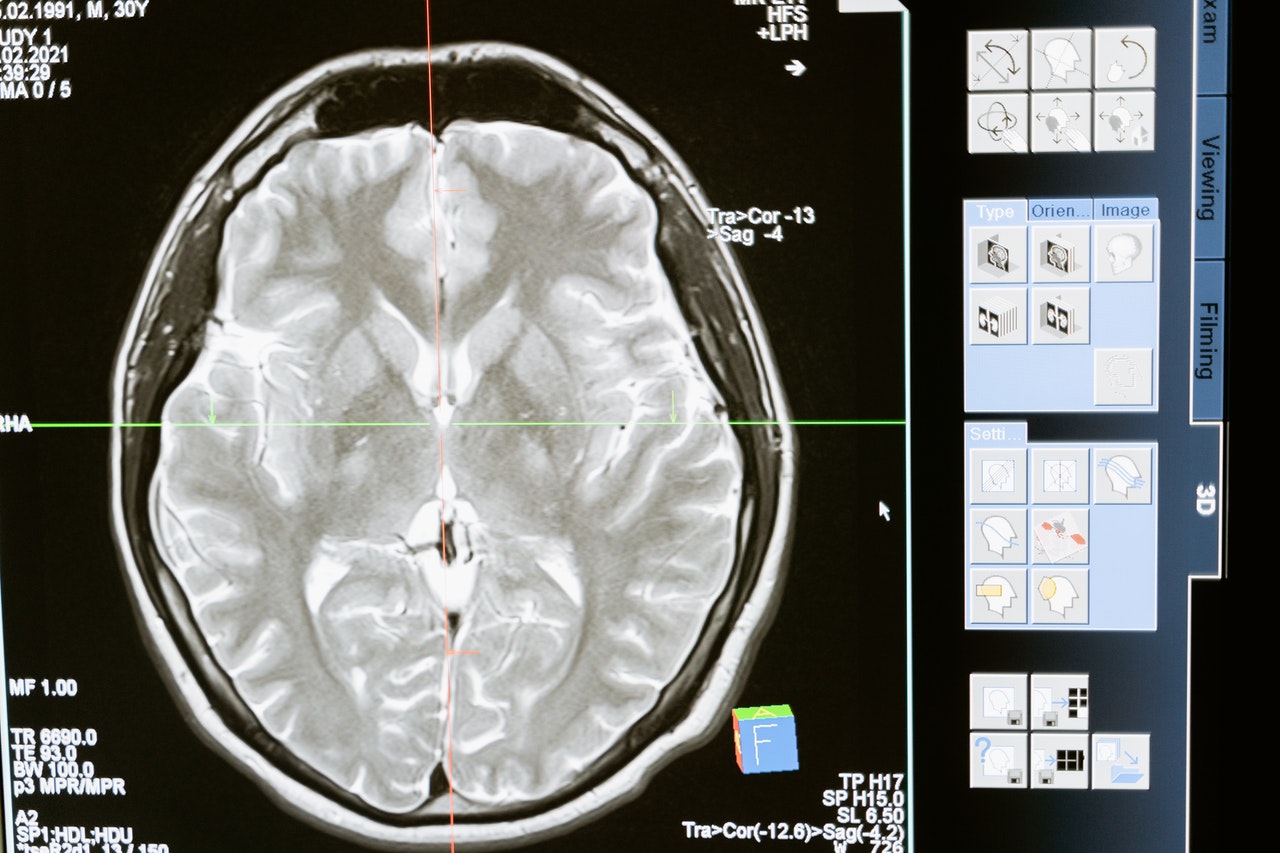
What is the Discovery Rule in Medical Malpractice?






Understanding Deadlines Filing Medical Malpractice Suits
The discovery rule in medical malpractice cases refers to a legal principle that affects the deadline for filing a lawsuit. Normally, a person must bring a malpractice claim within a certain time after the negligent act occurred. However, the discovery rule allows that timeline to start not when the malpractice happened, but when the person first becomes aware, or should reasonably become aware, of the injury and its possible connection to a medical provider’s actions. This rule helps account for situations where harm is not immediately obvious.
Understanding the discovery rule matters because it determines whether a case can even proceed. If someone misses the legal deadline, they may lose the chance to hold a healthcare provider accountable, even if the care was clearly negligent.
At Sabbeth Law, we help people navigate medical malpractice cases involving the discovery rule. We guide clients through the legal process, making sure they understand how state-specific rules affect their situation.

The Statute of Limitations for Medical Malpractice in Vermont
At Sabbeth Law, we understand that navigating the legal landscape after a medical injury can be stressful and overwhelming. Under 12 V.S.A. § 521, the statute of limitations for medical malpractice claims in Vermont is generally three (3) years from the date of the incident, or from when you discovered—or reasonably should have discovered—that you were harmed by a healthcare provider’s negligence. This is where the discovery rule becomes critical, as some injuries do not immediately manifest, or they may not be linked to medical malpractice until much later.
That said, there are important exceptions and nuances:
- For minors: The statute of limitations does not start running until a child turns 18, giving them until their 21st birthday to file a claim.
- Fraudulent concealment: If a healthcare provider deliberately conceals their negligence, the time limit for filing may be extended.
- Foreign objects: If a surgical instrument or other object is left in the body, you have two years from the date of discovery to take legal action.
- Continuing treatment doctrine: In certain cases, the limitations period might not begin until the course of treatment for a particular condition concludes.
Time is often of the essence. While three years may appear to be a long window, medical malpractice cases require extensive investigation, collection of medical records, collaboration with medical professionals, and thorough preparation. Acting promptly can significantly strengthen your case.
Additionally, Vermont has a seven-year statute of repose. This sets an absolute deadline for filing a claim, even if you only discovered the injury later, though exceptions apply to foreign object cases.
Contact UsHow the Discovery Rule Works
The discovery rule extends the statute of limitations beyond the date of the negligent act itself. Instead, the clock begins when you discover—or reasonably should have discovered—that you’ve been harmed by medical negligence. This structure is especially important in situations where the signs of an error don’t surface immediately, such as a misdiagnosis that leads to a delayed understanding of a serious condition.
In practice, it looks like this:
- Injury occurs: A medical provider makes an error during treatment or diagnosis.
- Time passes: You may not immediately recognize that a mistake was made or that the complications you’re experiencing are due to malpractice.
- Discovery: Through worsening symptoms or a second medical opinion, you come to realize—or should have realized—that something went wrong and malpractice was involved.
- Statute of limitations clock starts: The time limit to initiate a lawsuit begins at the point of discovery.
However, this rule does not extend the filing period indefinitely. As mentioned above, the statute of repose sets a hard limit in Vermont.
An experienced medical malpractice lawyer knows how to present evidence and testimony to show when your personal “discovery” should have happened. By working closely with reputable medical professionals and reviewing treatment records, we can effectively argue that you only became aware of the issue within a timeframe that preserves your right to file a claim.
Examples of Delayed Diagnosis and Hidden Surgical Mistakes
One of the most significant challenges in medical malpractice cases is that injuries can remain hidden for months—or even years—before patients realize something is seriously amiss. Here are a few real-world scenarios with delayed diagnoses or hidden errors that illustrate why the discovery rule truly matters:
Missed Cancer Diagnosis
A 45-year-old woman repeatedly mentioned persistent abdominal pain to her primary care physician. For months, her complaints were dismissed as stress-related. By the time a second opinion unveiled an advanced form of ovarian cancer, her treatment options were significantly jeopardized.
Retained Surgical Instrument
A 38-year-old man faced months of lingering pain and recurring infections after what should have been a routine gallbladder removal. Imaging eventually revealed a surgical sponge had been left in his body. He had to undergo multiple corrective surgeries, and his recovery period was substantially extended.
Misread Pathology Report
After a biopsy for a suspicious mole, a 52-year-old man was incorrectly told it was benign. Two years later, he was diagnosed with advanced melanoma. A re-examination of the original slides confirmed that the pathologist had overlooked clear signs of malignancy.
Anesthesia Error
A 29-year-old woman went in for knee surgery and suffered oxygen deprivation due to an anesthesia mistake. She was initially unaware of the impact, only developing noticeable cognitive issues and memory trouble over a prolonged period.
These examples highlight how crucial it is to investigate and, if necessary, pursue legal action as soon as you suspect a problem. In each situation, the discovery rule meant the patient retained the opportunity to file a claim, even though the initial error happened at an earlier date. Time is critical, and recognizing potential malpractice can be the difference between recovering damages and losing your right to compensation altogether.

Legal Implications of the Discovery Rule
Legally, the discovery rule ensures that patients are not unjustly barred from seeking compensation just because they didn’t discover their injury right away. In Vermont, this can be a lifeline for those who have unknowingly lived with complications for months or years. On the other hand, this rule also introduces potential disputes over exactly when you knew—or should have known—about a medical provider’s mistake.
From a legal strategy perspective, establishing the timeline of discovery is often a pivotal component of a case. This includes collecting and analyzing medical records, insurance information, second opinions, and any other relevant evidence to pinpoint when the discovery actually occurred. Providers or insurers might attempt to argue that you failed to pursue legal action “on time,” but with extensive experience and medical experience, these defenses could be countered.
The discovery rule also has broader ramifications for how healthcare providers maintain patient records. Knowing that the timeline for lawsuits can extend to the point of discovery, doctors and hospitals may be more vigilant with thorough recordkeeping and open communication.
Contact UsSteps to Take if You Suspect Medical Malpractice
Medical malpractice situations often feel intimidating, but taking the following steps can help protect your rights and strengthen any potential legal claim you might have:
- Seek additional medical care: Your health always comes first. If you suspect malpractice, consult a different healthcare provider or specialist for a second opinion. Proper diagnosis and treatment can prevent further harm.
- Document all details: Keep track of every symptom, diagnosis, conversation, prescription, and medical bill. Thorough records are vital to building a strong case.
- Request complete medical records: You have a legal right to your own medical records. They have to be reviewed for any signs of errors, inconsistencies, or concealed information.
- Avoid discussing your suspicions with the negligent party: Any statement you make could later be used against you.
- Contact us promptly: Due to Vermont’s statute of limitations and the statute of repose, it’s crucial not to delay. We need time to investigate your claim, gather documentation, and consult reputable medical professionals.
- Preserve evidence: Keep any medical devices, implants, or other items that could be key evidence. Even medication bottles or discharge instructions may be important.
- Be cautious when posting online: Avoid posting about your condition, doctor visits, or potential lawsuits on social media. Insurance adjusters may look to social media for anything they can use to minimize or deny your claim.
By following these steps and reaching out to us at Sabbeth Law, you enhance your chances of achieving a fair outcome.

Contact Sabbeth Law for Personalized Legal Guidance
At Sabbeth Law, we bring extensive experience and a vast network of medical professionals to every medical malpractice case we handle in Vermont and New Hampshire. We know how the discovery rule intersects with the broader statute of limitations, and we use that knowledge to protect your right to pursue compensation.
We understand that realizing you’ve been a victim of medical negligence can be a gradual, difficult process. Our team is here to help you navigate these legal complexities with confidence.
We encourage you to contact us as soon as you suspect medical negligence, no matter how much time has passed since your treatment. Let us evaluate whether you still have a viable claim under Vermont’s discovery rule. Protect your future by reaching out to us right away.
Contact UsPractice Areas
Client Testimonials
LUKE PARMENTER“Immediately after my son’s injury at work, he was treated poorly. Over the course of the next few days it became even worse, so I called Mike and he and Crystal have been absolute lifesavers during the process. Mike is not your typical stuffed suit lawyer who only cares about the bottom line he genuinely cares about his clients and his assistant Crystal is beyond amazing! My thanks to you both!”
Client Testimonials
“Immediately after my son’s injury at work, he was treated poorly. Over the course of the next few days it became even worse, so I called Mike and he and Crystal have been absolute lifesavers during the process. Mike is not your typical stuffed suit lawyer who only cares about the bottom line he genuinely cares about his clients and his assistant Crystal is beyond amazing! My thanks to you both!”
LUKE PARMENTER
“I could never ask for a better attorney, to fight for me, to believe in me, and have faith in me, than what I found in Mike Sabbeth, He doesn’t treat you like a client, he treats you as if you are one of his own family members, He will fight for you, with all he has, and is ALWAYS up front and honest with you about everything!”
SANDRA DRUGE
